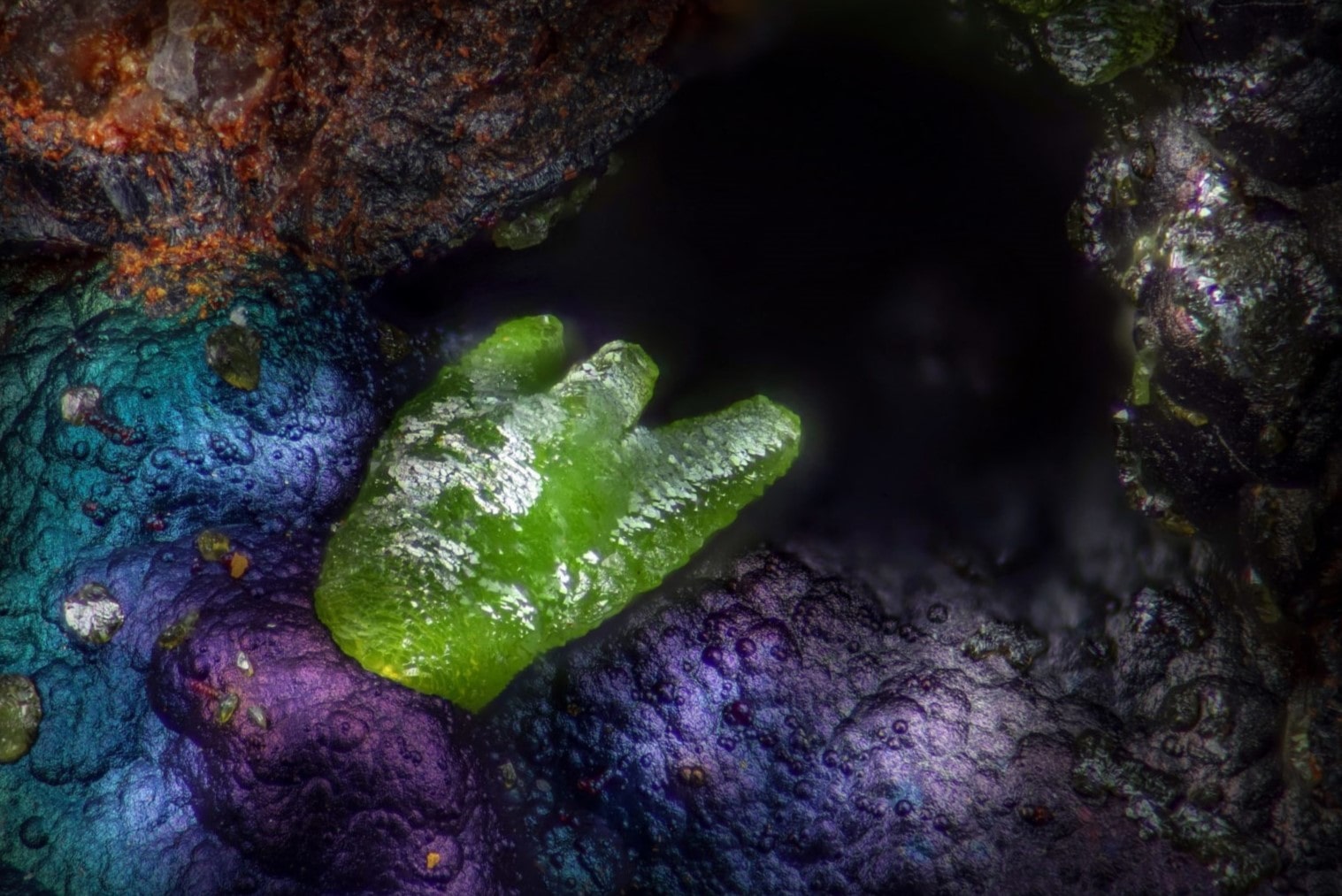
What is Emmonsite? Emmonsite, a rare mineral, fascinates geologists and collectors alike. Named after Samuel Franklin Emmons, this mineral boasts a unique composition primarily of iron and tellurium. Why is Emmonsite special? Its striking green color and crystal structure make it a standout in any collection. Found mainly in regions like the United States, Mexico, and Australia, Emmonsite often forms in the oxidized zones of tellurium-bearing mineral deposits. How is Emmonsite used? While not widely used in commercial applications, its rarity and beauty make it highly sought after by mineral enthusiasts. Want to learn more? Stick around as we dive into 30 intriguing facts about this captivating mineral.
Key Takeaways:
- Emmonsite is a rare mineral with unique properties, named after a notable geologist. It forms in specific environments and has applications in geological studies and research.
- Its greenish-yellow crystals and association with gold make Emmonsite an intriguing mineral for collectors and scientists alike. Its formation provides insights into environmental conditions and tellurium minerals.
What is Emmonsite?
Emmonsite is a rare mineral that fascinates geologists and collectors alike. Named after Samuel Franklin Emmons, an American geologist, this mineral has unique properties and an interesting history. Here are some intriguing facts about Emmonsite.
-
Emmonsite is a hydrated iron tellurite mineral, meaning it contains water molecules within its crystal structure.
-
The chemical formula for Emmonsite is Fe2(TeO3)3·2H2O.
-
It was first discovered in Colorado in the United States.
-
Emmonsite typically forms in the oxidized zones of tellurium-bearing mineral deposits.
-
The mineral is usually found in small, greenish-yellow crystals.
Physical Properties of Emmonsite
Understanding the physical properties of Emmonsite can help in identifying and studying this mineral. Here are some key characteristics.
-
Emmonsite has a hardness of 5 on the Mohs scale, making it relatively soft.
-
The mineral has a vitreous to adamantine luster, giving it a shiny appearance.
-
Emmonsite is brittle, meaning it can break or crumble easily.
-
It has a specific gravity of about 4.5, which is considered high for a mineral.
-
The streak of Emmonsite is pale yellow, which is the color of the powder left when it is scratched on a surface.
Chemical Composition and Formation
The chemical composition and formation process of Emmonsite are quite fascinating. Here are some details.
-
Emmonsite is composed of iron (Fe) and tellurium (Te), along with oxygen and hydrogen.
-
It forms through the oxidation of tellurium-bearing minerals, often in the presence of water.
-
The mineral is often associated with other tellurium minerals like tellurite and paratellurite.
-
Emmonsite can also form in hydrothermal veins, where hot, mineral-rich water flows through cracks in rocks.
-
The presence of Emmonsite can indicate the oxidation state of the surrounding environment.
Locations Where Emmonsite is Found
Emmonsite is not a common mineral, but it can be found in specific locations around the world. Here are some notable places.
-
Besides Colorado, Emmonsite has been found in Utah and California in the United States.
-
The mineral is also present in Mexico, particularly in the state of Sonora.
-
Emmonsite deposits have been discovered in Australia, especially in New South Wales.
-
Some European countries like Germany and Romania also have Emmonsite occurrences.
-
The mineral can be found in small quantities in Japan and Russia.
Uses and Applications of Emmonsite
While Emmonsite is not widely used in industrial applications, it has some specific uses. Here are a few.
-
Emmonsite is primarily a collector's mineral, valued for its rarity and unique properties.
-
It is used in geological studies to understand the oxidation processes in mineral deposits.
-
The mineral can be a teaching tool in educational institutions for studying mineralogy and crystallography.
-
Emmonsite is sometimes used in research to explore the properties of tellurium and its compounds.
-
It can also be an indicator mineral in mining, helping to locate other tellurium-bearing minerals.
Interesting Facts About Emmonsite
Here are some additional interesting facts about Emmonsite that you might find intriguing.
-
Emmonsite is named after Samuel Franklin Emmons, who made significant contributions to geology.
-
The mineral was first described in 1885, making it a relatively recent discovery in the world of mineralogy.
-
Emmonsite can sometimes be found in association with gold, as tellurium minerals are often found in gold deposits.
-
The mineral's greenish-yellow color can vary depending on the amount of water in its structure.
-
Emmonsite is often studied to understand the environmental conditions that lead to the formation of tellurium minerals.
Emmonsite: A Hidden Gem
Emmonsite, a rare mineral, holds a unique place in the world of geology. Found primarily in the oxidized zones of uranium deposits, this mineral's vibrant green color and complex chemical composition make it a subject of fascination for collectors and scientists alike. Its rarity and distinct characteristics set it apart from more common minerals, making it a prized find for those lucky enough to encounter it.
Understanding emmonsite's formation and properties can provide valuable insights into geological processes and the environments where it forms. For collectors, adding emmonsite to their collection is a testament to their dedication and passion for rare minerals.
Whether you're a seasoned geologist or a curious enthusiast, emmonsite offers a glimpse into the intricate and often surprising world of mineralogy. Keep an eye out for this hidden gem, and who knows, you might just stumble upon a piece of geological history.
Frequently Asked Questions
Was this page helpful?
Our commitment to delivering trustworthy and engaging content is at the heart of what we do. Each fact on our site is contributed by real users like you, bringing a wealth of diverse insights and information. To ensure the highest standards of accuracy and reliability, our dedicated editors meticulously review each submission. This process guarantees that the facts we share are not only fascinating but also credible. Trust in our commitment to quality and authenticity as you explore and learn with us.
